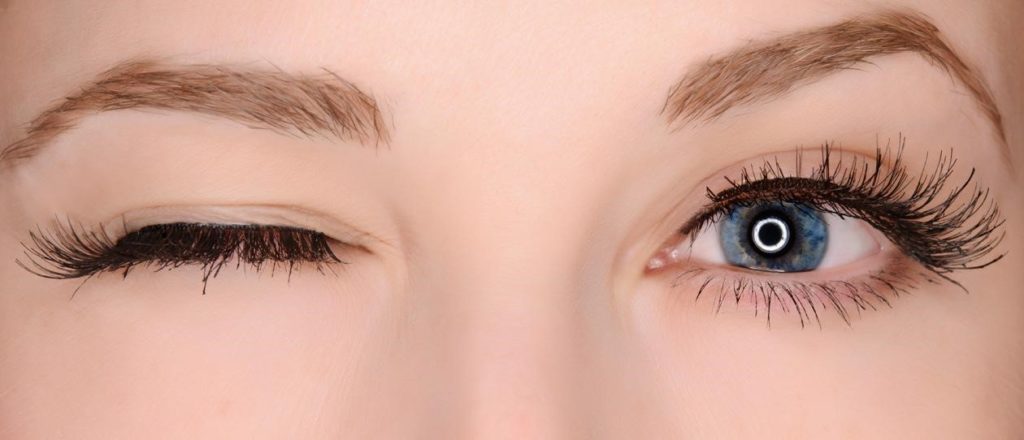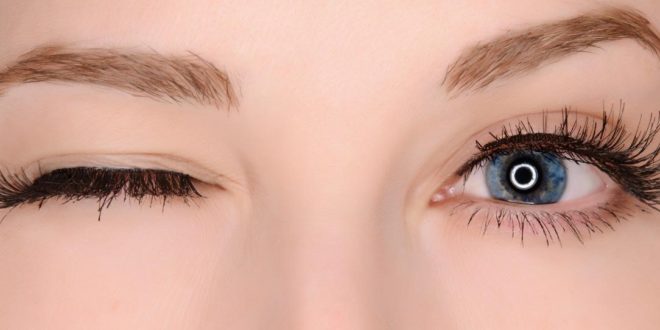
Your friends, family and the things you love don’t have to be a sight for sore eyes. Yet, many of us take our eye health for granted and often until it is too late.
This month is Macular Degeneration month and Blackmores want to ensure that your eye health remains in your line of sight and not something that is left in the dark and not in focus.
Naturopath Kate Ferguson outlines the tools you need to help maintain macular health.
Have you ever wondered how we see the things we see? Our eyes are like our very own inbuilt camera, with more than just one working part capturing the images all around us.
The macula is one such part of our eyes that is used to record these images and so it’s important that we look after it.
The macula
Our eyes function like a camera. Light is allowed in the eye by the iris, focused by the cornea and lens, cornea and humors onto the retina. The brain then interprets images from impulses received from the retina.
At the centre of the retina sits the macula. The macula is responsible for central, detailed vision such as reading and distinguishing people’s faces. Light sensing cells in the macula, called photoreceptors, convert light into electrical impulses. These impulses are transferred to the brain via the optic nerve. If these photoreceptors in the macula aren’t kept in optimal health it can increase the risk of loss to this central vision.
Risk factors for poor macular health
Being over the age of 50 and having a family history of degenerative conditions that affect macular health are two of the main risk factors for poor macular health. And so while we can’t control these factors we can certainly influence our macular health by:
- Not smoking – if you smoke you are three times more likely to suffer from degeneration of and damage to the macula.
- Maintaining a healthy weight- being overweight can lead to an increase in the risk of poor macular health.
Antioxidants for macular defence
Antioxidants are now fairly well known for their role in helping to prevent free radical damage.
- Lutein & zeaxanthin are carotenoid nutrients concentrated in the macular region of the eye which work in two ways to protect eye health. As antioxidants they may help to prevent against free radical damage. And as essential pigments for the eyes they filter out harmful UV light. Foods such as spinach, other green vegetables and corn are great source of these antioxidants.
- Selenium is a component of the antioxidant glutathione peroxidase which may help to prevent free radical damage to cell membranes. Found in foods such as Brazil nuts, garlic and wheat germ, selenium also supports the function of vitamins C & E.
Omega-3 fatty acids
Omega-3 fatty acids, found in oily fish such as salmon, tuna, anchovies and sardines are needed for optimal macular health. Omega-3s may help to maintain cell membrane health and are found in high levels in the retina. Eat 2 to 3 serves of oily fish per week to get the required amount of these essential fats to help support macula health.
Cover up
Just as we need to slip, slop, slap to prevent sun damage to our skin, we need to protect our eyes from harmful UV light. Accumulated UV exposure can increase the risk of macular damage. So grab a pair of well fitting sunnies that provide UV protection and meet Australian standards and wear a broad-rimmed hat to decrease the amount of light hitting your eye.
For every purchase, Blackmores donates 5% to Macular Degeneration New Zealand, fundraising to educate and support those who suffer from MD. To find out more about the Blackmores Eye Health range, click here.









Join the Discussion
Type out your comment here:
You must be logged in to post a comment.